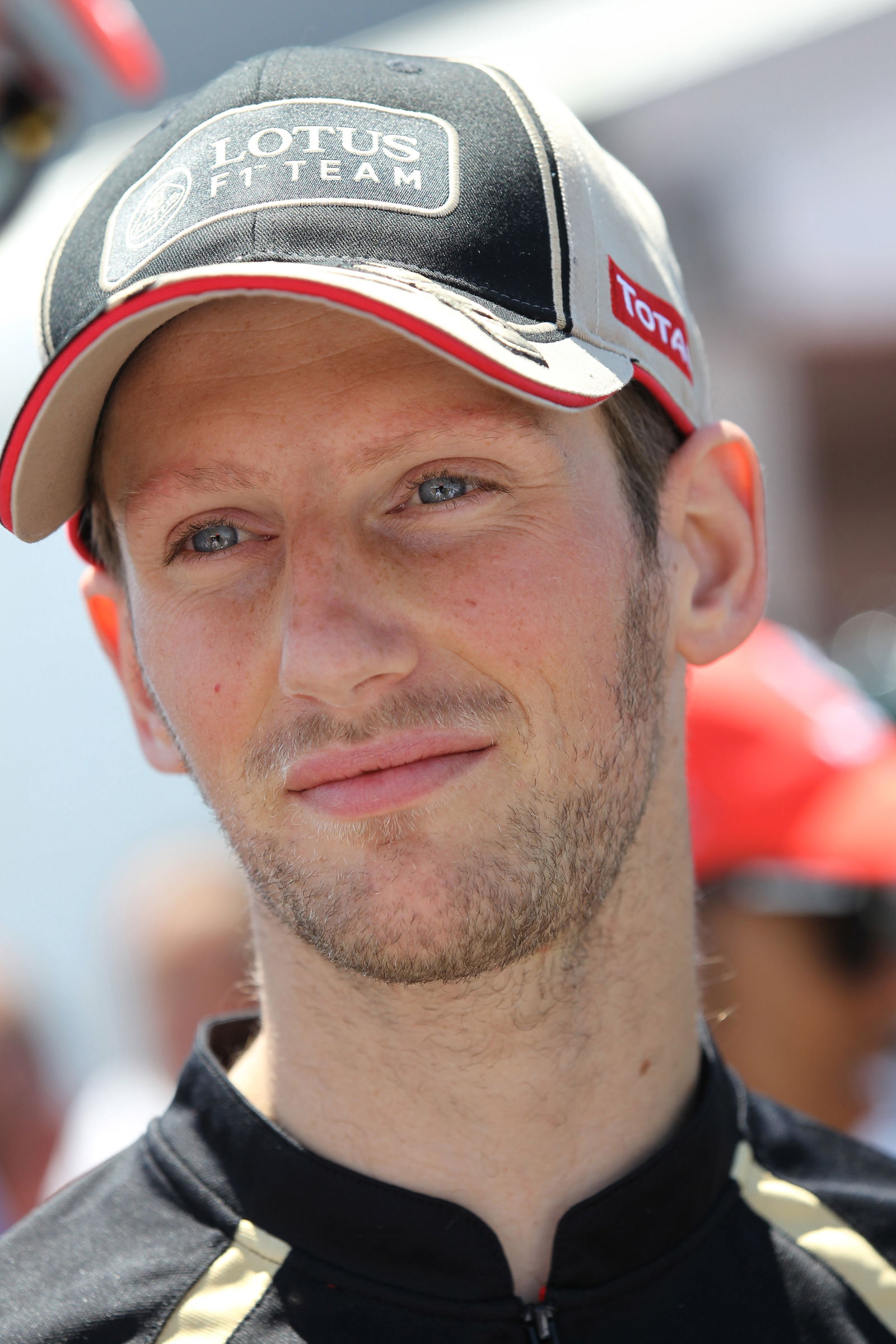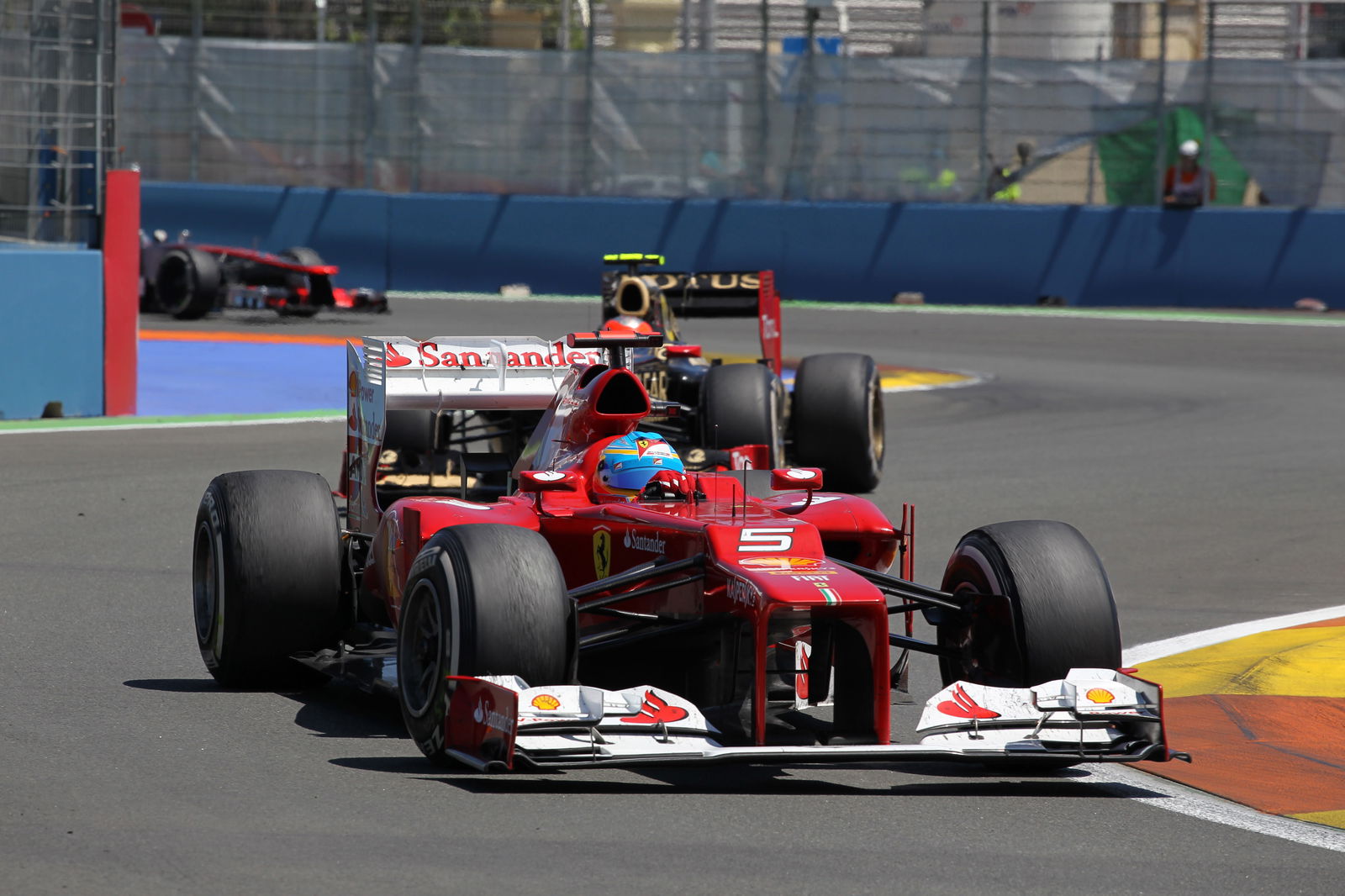Renault confirms overheating issue

Renault has confirmed that an overheating alternator was the reason for Sebastian Vettel and Romain Grosjean being forced out of the European Grand Prix in Valencia - although the engine supplier has yet to determine exactly what caused the issue.
Vettel had dominated the race in his Red Bull before losing his advantage at the head of the field when the Safety Car was deployed, and then ground to a halt shortly after the restart.
Grosjean then stopped with a similar issue just a matter of laps later while running in second place for Lotus, with Renault confirming that the failure on both cars was down to the alternator overheating.
However, the reason for the failure is still being investigated, with the Safety Car period not being blamed for the issue despite both failures occurring around that time in the race.
"On both Sebastian and Romain's car, the alternator - which converts mechanical energy into electrical energy to power the engine and ancillary systems - failed," Renault Sport F1 deputy managing director Rob White said. "In both cases the failure of the alternator cut the electrical supply, causing the engine to shut down very quickly and stop the car on the track. It appears that both alternators overheated. We've checked over the parts thoroughly now and it seems that there were no obvious reasons for the failure, so we are conducting further tests on the dyno at Viry to replicate conditions and double checking the findings.
"We had evidence that the alternator on Sebastian's car was showing signs of overheating before the safety car period, but the slower speeds prolonged its life expectancy slightly. Of course, when Sebastian went back up to racing speed the problem stepped up again and the result is now well known. With Romain's, the problem occurred very suddenly some laps after the safety car had been withdrawn."
White also confirmed that age wasn't a factor on the part, with Renault looking at options to ensure there is no repeat of the problem in the British Grand Prix at Silverstone.
"They were brand new parts, which points to the fact that this may be an issue with a particular batch of alternators," he said. "Both had been shaken down on the dynos at Viry for approx 400km and completed FP3 and qualifying without any issues and then failed suddenly in the race. Both had completed less than 1,000km.
"We are looking at several solutions. The first is to use another batch of alternators for Silverstone across all our clients, or a slightly modified design. We are also looking at returning to an older specification of alternator from 2011. Then we are working across all our partner teams to potentially introduce some mechanical and cooling solutions, or changing a few settings on acceleration maps so the running is less severe. All of these will be in evaluated between now and Silverstone, plus we will also look at everything after Friday running and see what additional measures we may need to take."

